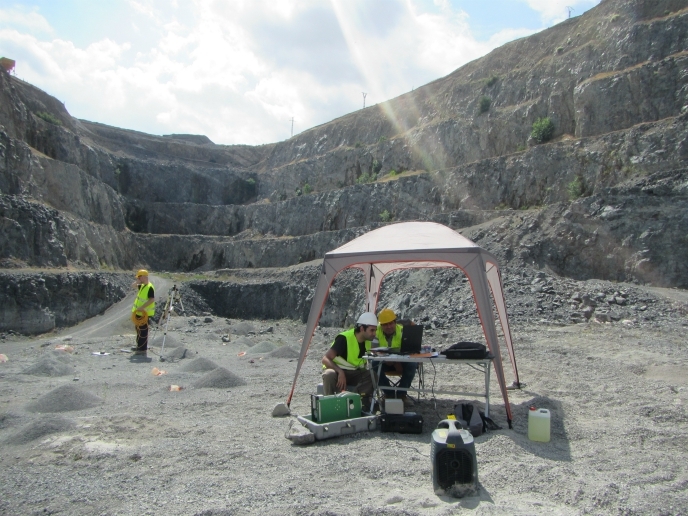3D-printer for graphene
Graphene is a thin layer of pure carbon; it is essentially a single layer of carbon atoms bonded together in a hexagonal honeycomb lattice. It is the thinnest known compound as well as a very efficient conductor of electricity and heat at room temperature. While this extraordinary 2D material has found applications in the manufacture of electronics, engineers are looking for a 3D fabrication method – a development crucial towards making graphene applicable to a wider range of applications. Such a method has recently been discovered by EU-funded researchers. There are already different methods to build 3D graphene monoliths like emulsion templating and freeze casting, but these are limited to building simple shapes. Within the GRAPES (Graphene enhancement of the photocatalytic activity of semiconductors) project, researchers adopted a different approach. The team used flakes of chemically modified graphene – namely, graphene oxide (GO) and its reduced form rGO – together with a responsive polymer to formulate water-based inks and pastes. These formulations had the physical properties needed for filament deposition in 3D printing. Next, the new material was tested as a building block to create 3D structures by means of direct ink writing. This technique also known as direct write assembly is based on the continuous deposition of a filament following a predefined computer design. The 3D structures were built layer by layer, from bottom to top. Since graphene is hydrophobic, it was not possible to formulate water-based inks directly. The researchers, therefore, used chemically modified graphene. GO can be processed in water to build the complex architectures. The GRAPES formulations can be 3D printed with nozzles as small as 100 micrometres. Once 3D-printed, the structures built were thermally treated to ensure it retains all the highly desirable properties of graphene. Importantly, the prints can be further manipulated – for example, with chemicals or through electrochemical reduction – and still keep the desired properties. The GRAPES technique is described in detail in the article titled Printing in three dimensions with graphene(opens in new window), published in the Advanced Materials journal in 2015.







